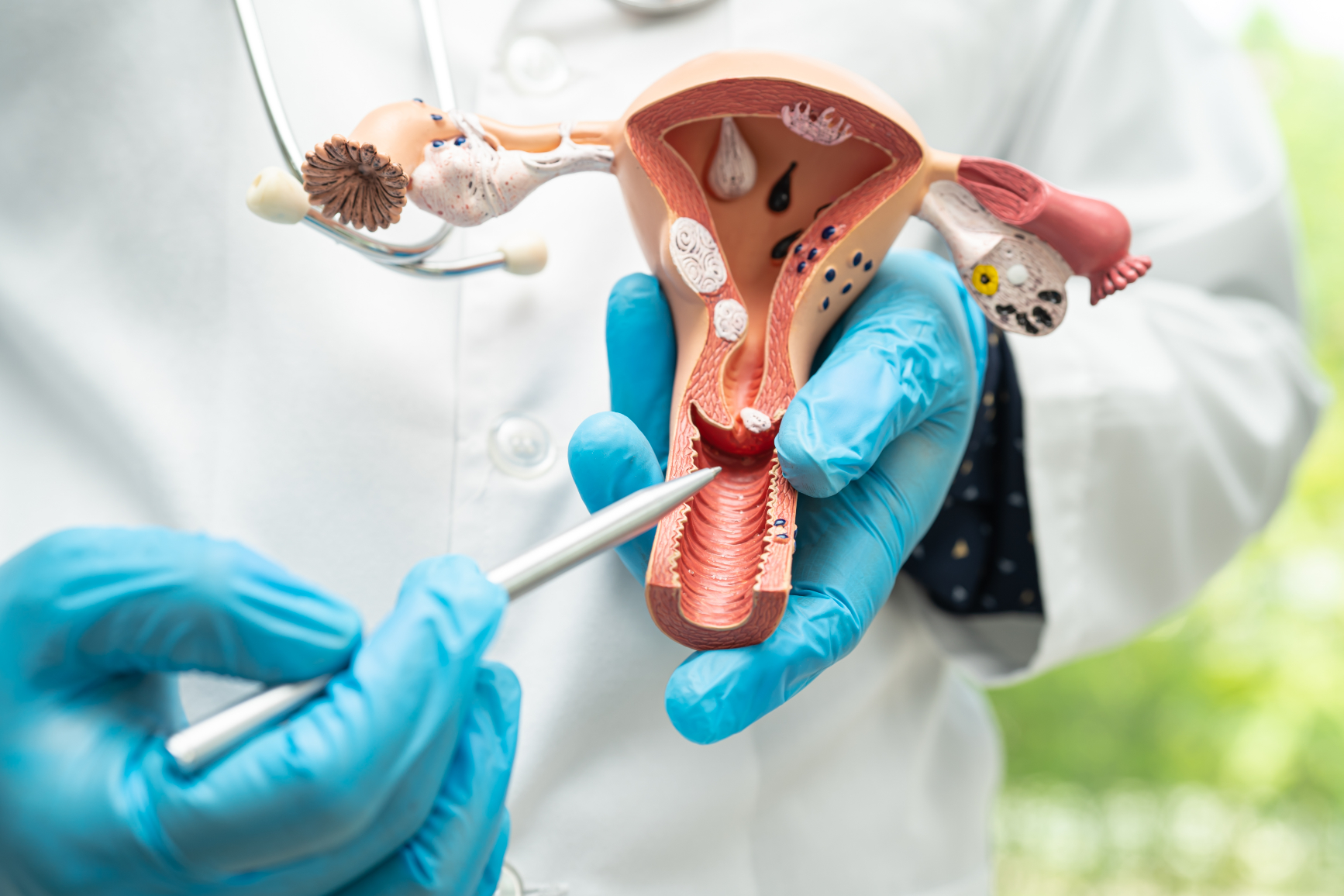
You sit there not really knowing what to expect
It’s not the kind of test you plan. You don’t wake up thinking about it. But the appointment gets made. You show up. You wait in a cold room. You answer quiet questions. Then you’re told it’s time.
A Pap smear doesn’t feel urgent. It feels distant, almost routine. But it’s not meaningless. It looks for cells. The kind of cells that turn quiet into danger. Most people don’t even realize it’s happening.
Just a few cells can tell a different story
It’s not blood. It’s not pain. It’s just a soft brush. A tiny collection. That’s all. And yet, what’s gathered there might show the earliest signs. The quiet beginning of something louder.
Cervical cancer doesn’t always announce itself. It begins without drama. The Pap smear finds the early shadows. It notices what you can’t feel. That’s the whole point—what you can’t feel.
It matters even when you feel perfectly fine
No symptoms doesn’t mean no reason. That’s the trap. You feel healthy. So you don’t go. You skip a year. Maybe two. Nothing happens, so it feels safe.
But some things grow without sound. And once they do, they don’t wait. Early detection isn’t dramatic. It’s quiet. And that’s what keeps it powerful. It’s small now, so it stays small.
The test checks for something that may not hurt yet
There’s no sharp pain when it starts. No bleeding. No fever. Just small changes. Microscopic ones. A few abnormal cells. That’s it.
But those cells don’t stay that way. They shift. They gather. They multiply. And suddenly, they’re something else. The test finds the before. That’s why it happens early. That’s why it matters.
Some people never ask what it really does
You hear the name. You nod. But do you ask? Not always. It’s easier not to know. But it checks for precancer. For changes. It scans what the eyes can’t see.
It doesn’t treat. It only tells. That’s its job. To catch the beginning. So other steps can follow. Treatment only works when there’s time. And the Pap smear gives you time.
No age protects you from the need
It’s not just for older people. It’s not just for the young. It’s for anyone with a cervix. Anyone who’s been sexually active. Anyone over 21. Or sometimes younger, if needed.
Skipping it doesn’t erase the risk. Getting it doesn’t mean you’re in danger. It just means you checked. You gave yourself the chance to know. And that’s more than many do.
The process takes less time than your commute
It’s quick. That’s the strange part. All that weight in something so short. You lie back. The exam begins. A few seconds later, it’s done.
You dress. You leave. The worry lingers, maybe. But the test itself? It’s fast. Not easy. Not comfortable. But fast. And that matters when you’re trying to convince yourself to go.
Most results don’t lead to panic
A normal result means you wait. Maybe a year. Maybe three. That’s it. An abnormal one doesn’t always mean cancer. It could mean mild changes. Things to watch.
Follow-up tests might come next. Maybe an HPV test. Maybe a colposcopy. But even then, it’s a process. Not a sentence. Just another look. Another step forward, not back.
HPV and Pap tests are not the same thing
Some people confuse them. They think one replaces the other. But they don’t. HPV looks for the virus. The Pap looks for the effect. The damage, if it’s begun.
Together, they give a fuller picture. One shows presence. The other shows consequence. Sometimes both are needed. Sometimes one is enough. It depends on your age, your history, your body.
The results may lead to more watching, not acting
Not every abnormal result means surgery. Or treatment. Often it means wait and repeat. Maybe in six months. Maybe in a year. That’s hard, but it’s normal.
Doctors want to be sure. So they monitor. They look again. They wait with you. Because some changes fix themselves. And rushing can cause harm too. Waiting isn’t ignoring—it’s watching wisely.
People avoid it for reasons that make sense
It’s uncomfortable. That’s true. Some find it invasive. Others feel fear. Some feel shame. The table, the stirrups, the bright light—it’s not easy.
But it’s not about comfort. It’s about care. And long-term health. About seeing what won’t show itself otherwise. The discomfort lasts minutes. The safety it brings lasts much longer.
Talking about it still feels awkward for many
Even now, some people whisper about it. Or don’t mention it at all. They avoid the topic. Or feel embarrassed.
But it’s a medical test. Like checking blood pressure. Like a dental cleaning. Naming it makes it normal. Sharing the experience opens the door for others. Silence doesn’t protect anyone.
Doctors rely on this test more than most people realize
It’s part of their toolkit. A basic, vital step. It tells them what they can’t see. What even ultrasounds may miss. That’s why it’s part of annual visits.
Skipping it means missing data. Missing chances. Doctors can guide, but they need information. And a Pap smear gives it. Quietly, but consistently.
Not all clinics offer the same approach
Some places rush. Others don’t explain. That changes how people feel. It matters. A gentle provider changes everything. A kind word. A clear explanation.
If one place feels wrong, find another. You have that right. The setting makes a difference. So does the person. It’s still your body. You decide how it’s treated.
Every year isn’t always necessary, but regularity is
Guidelines change. Some say every three years. Others more. It depends on your results. On your risk. On your age.
But regularity matters more than frequency. Skipping five years is different than following a plan. Talk to a doctor. Ask what’s right for you. Don’t guess.
